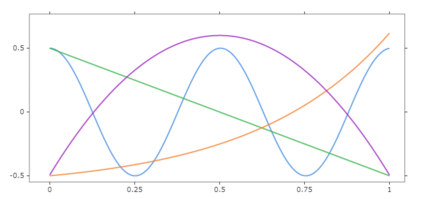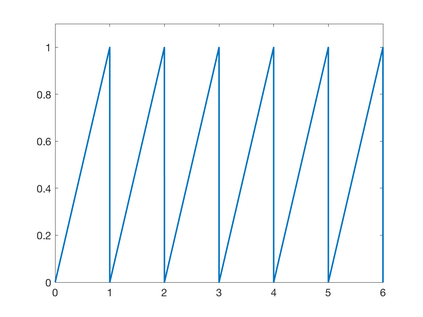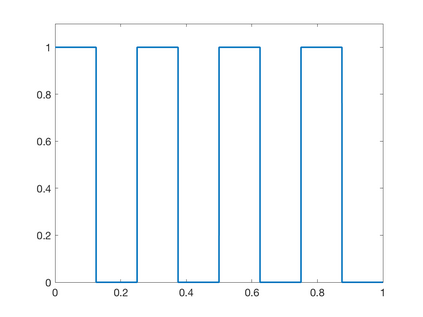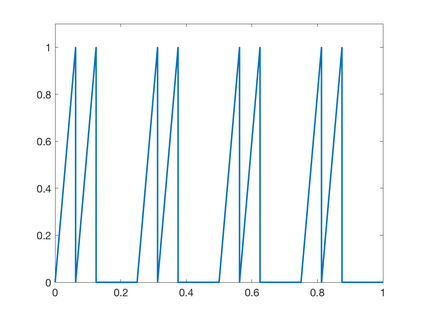We study the approximation of functions by tensor networks (TNs). We show that Lebesgue $L^p$-spaces in one dimension can be identified with tensor product spaces of arbitrary order through tensorization. We use this tensor product structure to define subsets of $L^p$ of rank-structured functions of finite representation complexity. These subsets are then used to define different approximation classes of tensor networks, associated with different measures of complexity. These approximation classes are shown to be quasi-normed linear spaces. We study some elementary properties and relationships of said spaces. In part II of this work, we will show that classical smoothness (Besov) spaces are continuously embedded into these approximation classes. We will also show that functions in these approximation classes do not possess any Besov smoothness, unless one restricts the depth of the tensor networks. The results of this work are both an analysis of the approximation spaces of TNs and a study of the expressivity of a particular type of neural networks (NN) -- namely feed-forward sum-product networks with sparse architecture. The input variables of this network result from the tensorization step, interpreted as a particular featuring step which can also be implemented with a neural network with a specific architecture. We point out interesting parallels to recent results on the expressivity of rectified linear unit (ReLU) networks -- currently one of the most popular type of NNs.
翻译:我们研究高端网络( TNS) 功能的近似值 。 我们显示, Lebesgue $L $p$- 空格在一个维度中可以识别为通过 Exparization 任意秩序的强度产品空间 。 我们使用这种高度产品结构来定义低度代表复杂性的等级结构功能的子集 。 这些子集被用来定义高度网络的不同近似类别, 与不同的复杂度测量相联。 这些近度类被显示为准受约束的线性空间。 我们研究上述空间的一些基本属性和关系。 在这项工作的第二部分, 我们将显示传统的平滑( Besov) 空格持续嵌入这些近似类中。 我们还会显示, 这些近似类的功能并不具有任何Besov 平滑度, 除非有人限制 Exronor 网络的深度。 这项工作的结果是分析 TNUR 的近似空间空间和特定类型( NNNNE) 的直观性 -- 即带有稀疏结构的饲料和产品网络 。 我们的直径直径直径网络的直径变量变量与最近运行型网络的结果可以被解释。












